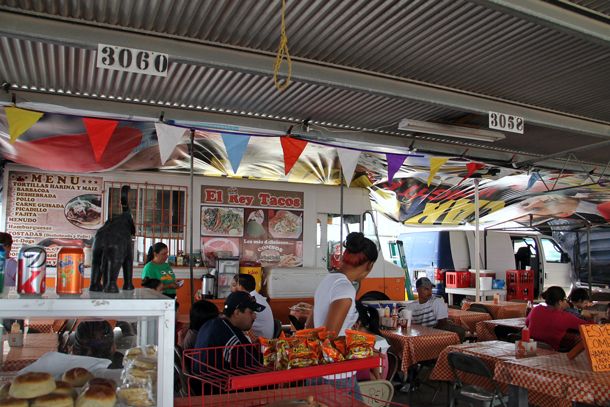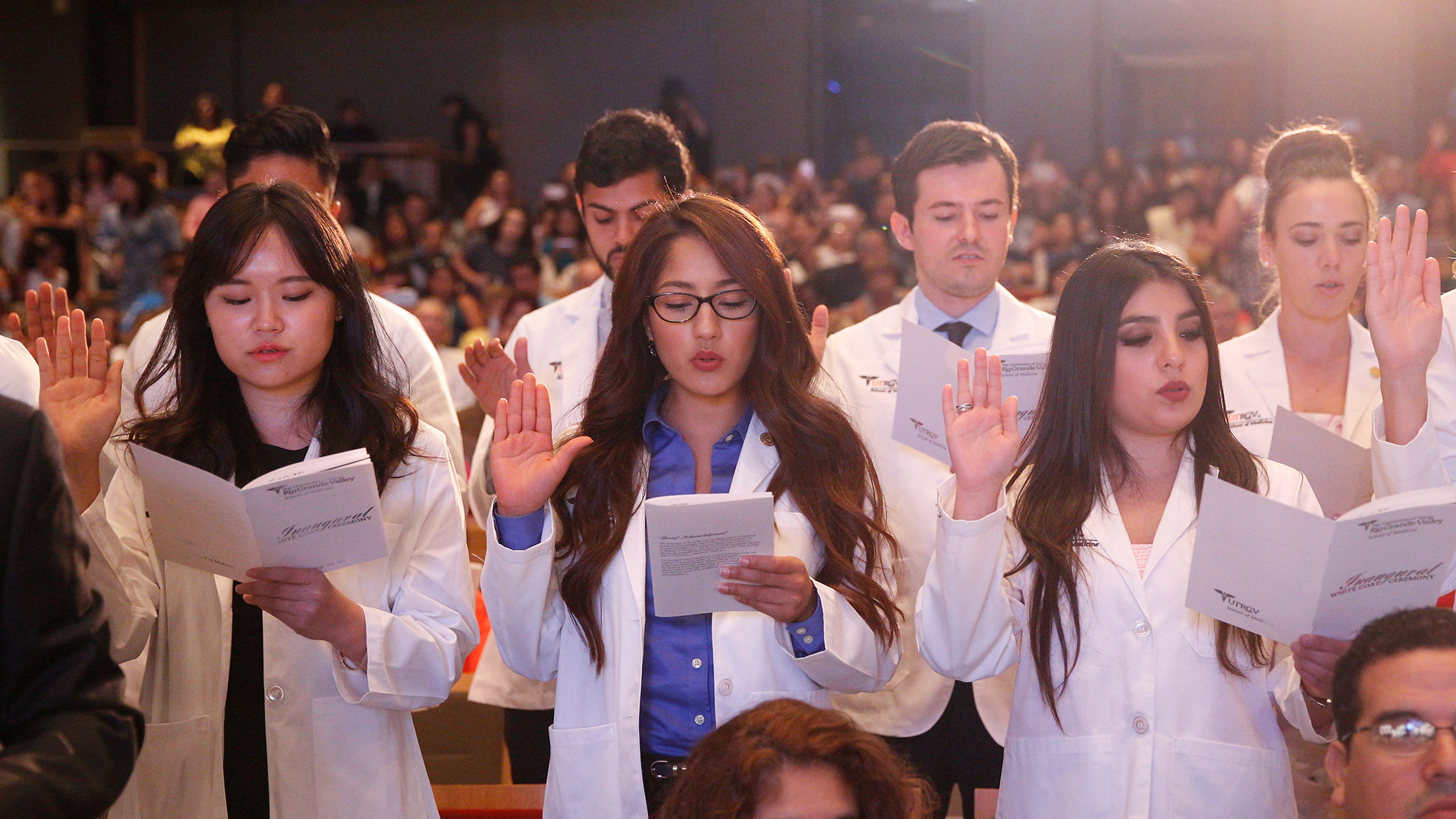The deteriorating health of the Rio Grande Valley
I was born and raised in McAllen, Texas—a region nestled along the border between the United States and Mexico. I love that I have been able to grow up in such a unique community filled with joy and grit.
Because we are a border community, we are 94.2% Hispanic or LatinX as of 2021. This area is a predominantly LatinX community, and gleams with pride in numerous colorful outdoor markets, delicious taco stands, and electric fiestas. As a borderland, you get the best of both worlds: reaping the benefits of living in one of the most modernized countries in the world, while also immersed in a vibrant Mexican culture. Do they, though?
This wasn’t until my grandfather was diagnosed with Stage 3 Hodgkins-Lymphoma disease and my family had to make the difficult decision to move to Houston, Texas—about 7 hours away from the Rio Grande Valley—just so that my grandfather would have the best opportunity to beat his cancer. There were hospitals in the Rio Grande Valley, but I did not realize they were unable to provide the accurate care my grandfather needed. I started to question why this was.
2 years later, my 9th grade English teacher suffered from a massive stroke during class. Thankfully, after a couple of months, she made a miraculous full recovery and was back in the classroom. During this time, however, I was researching “What causes a stroke?” “What is high blood pressure?” “What is diabetes?” “What causes obesity?” I was asking so many questions and I was making connections between these phenomenons happening before my eyes. After the premature research I was able to conduct, I came to the realization that my hometown was in a crisis. A severe public health crisis.

Source: ValleyCentral
Social Determinants of Health
This region also boasts high rates of poverty, where 29.5% of residents live in poverty. With that, 34.1% of the population lack health insurance coverage. Not to mention, the Rio Grande Valley has a population of approximately 1.3 million people, and 200 to 250 thousand are undocumented individuals. It is also known that undocumented immigrants have significantly lower rates of health coverage. These demographics are an unfortunate medley that allow for social determinants of health to take over and deteriorate the health of my hometown. It it as if the already-broken health care system’s flaws are further amplified in the Rio Grande Valley, as the region suffers from high levels of obesity and diabetes. Not to mention, because of the higher immigrant population, there are higher barriers to the access of health care as well. Not only do individuals visit the doctor to address their intoxication from pesticides from their crop-picking job, but they will also attend that doctor’s visit with the fears of potentially being deported. Fragmented care also plays a major role in the declining health care within the Rio Grande Valley as individuals are forced to switch in and out of primary care physicians as an attempt to deflect any immigration-related accusations. Undoubtedly, there is a constant fear within immigrant communities of deportation, and because the Rio Grande Valley’s close proximity to the U.S-Mexico border, this fear is heightened since there is a stronger presence of United States border patrol agents. Not to mention, the Affordable Care Act (ACA) explicitly excluded undocumented immigrants from accessing health care—further pushing undocumented immigrants from obtaining the care they so desperately need.
But we’re not just about the border wall or the river…We’re about being fat, we’re about being poor, we’re about being illiterate.
Rose Timmer, long-time resident of Brownsville, TX
Food Insecurity to COVID-19
Another important and crucial crisis within the Rio Grande Valley’s health is food insecurity. Although this region lacks food access, it also has one of the highest rates of obesity in the United States. This is primarily due to this being a food desert, where fresh food options are scarce, but fast food options are excessive. It seems as if everywhere you go, you will not be more than a mile away from a McDonald’s, Whataburger, or a local taco stand. You will, however, struggle to find a grocery store near you that carries fresh fruits and vegetables that are not deep-fried. Even if individuals are lucky enough to access fresh fruits and vegetables, many will be unable to afford them as poverty levels remain high. The low socioeconomic status that impedes individuals from accessing the appropriate ingredients to supply a healthy and nutritious meal are rare, yet fast food is everywhere.

Source: Pinterest
The food insecurity and food deserts within the community are slowly attacking my community and worsening the obesity and diabetes epidemic within the Valley. Because of this, the COVID-19 pandemic was also detrimental to the region, as COVID-19 blazed through the Rio Grande Valley. Because of the social determinants of health that have put the Valley in such a vulnerable position, the COVID-19 pandemic had a disproportionate impact on the Rio Grande Valley compared to other regions of Texas. The Rio Grande Valley is 3% of Texas’ population and was 9% of total COVID-19 deaths.
They are more at risk because of where they work and where they live, and because of limited access to health care
Carlos Rodríguez-Díaz, professor at George Washington University’s Milken Institute School of Public Health
The higher rates of obesity and diabetes put the community at a higher risk and was evident as Rio Grande Valley hospitals were at maximum capacity. Even when hospitals were overflowing with COVID-19 patients, Texas governor, Greg Abbott only lifted social distancing and opened Texas back up.

Source: Texas Tribune
The Future of the Rio Grande Valley
In 2016, the Rio Grande Valley welcomed its inaugural University of Texas-Rio Grande Valley School of Medicine class, and graduated its first doctors in 2020 with the hopes of bringing a new generation of doctors who are properly equipped to serve a community who is in dire need of empathetic doctors who understand that their situation is a systemic issue, not a personal issue.

Source: Texas Monthly
The Rio Grande Valley needs home-grown physicians who will understand the social determinants of health that have led them into their offices and will advocate for them. The future of the Rio Grande Valley is bright, but this brightness will be dulled unless we take legislative action to provide adequate health care for all—regardless of immigration status.
Works Cited:
Blackburn, Christine Crudo, and Lidia Azurdia Sierra. “Anti-immigrant rhetoric, deteriorating health access, and COVID-19 in the Rio Grande Valley, Texas.” Health security 19.S1 (2021): S-50.
Champagne, Sarah R., and manuel fergus. “South Texas hospitals are running out of beds.” The Texas Tribune, 4 July 2020, https://www.texastribune.org/2020/07/04/texas-coronavirus-rio-grande-valley-hospitals/. Accessed 18 February 2023.
Dickman, Samuel L., David U. Himmelstein, and Steffie Woolhandler. “Inequality and the health-care system in the USA.” The Lancet 389.10077 (2017): 1431-1441.
Galvin, Gaby, and Cecelia Smith. “A Battle for Community Health in Texas’ Rio Grande Valley.” USNews.com, 16 May 2018, https://www.usnews.com/news/healthiest-communities/articles/2018-05-16/a-battle-for-community-health-in-texas-rio-grande-valley. Accessed 18 February 2023.
Hampton, Tylisa. “RGV could suffer if undocumented immigrants aren’t counted in the 2020 Census.” ValleyCentral.com, 16 September 2020, https://www.valleycentral.com/news/local-news/the-rgv-could-suffer-if-undocumented-immigrants-arent-counted-in-the-2020-census/. Accessed 19 February 2023.
“Health Coverage and Care of Immigrants.” KFF, 20 December 2022, https://www.kff.org/racial-equity-and-health-policy/fact-sheet/health-coverage-and-care-of-immigrants/. Accessed 18 February 2023.
Narea, Nicole. “How coronavirus devastated Texas’s vulnerable Rio Grande Valley.” Vox, 8 August 2020, https://www.vox.com/2020/8/8/21352396/coronavirus-texas-rio-grande-valley-starr-hidalgo-cameron. Accessed 18 February 2023.
“Obesity and Diabetes Reports in Rio Grande Valley to Texas 2004-2018 8.5×11 Final Version.” RGV Health Connect, https://www.rgvhealthconnect.org/content/sites/ucd/Obesity_and_Diabetes_Reports_in_Rio_Grande_Valley_to_Texas_2004-2018_8.5x11_Final_Version.pdf. Accessed 18 February 2023.
“Rio Grande City city, Texas.” Census Bureau, https://www.census.gov/quickfacts/fact/table/riograndecitycitytexas/PST045221. Accessed 18 February 2023.
Shmerling, Robert H. “Is our healthcare system broken?” Harvard Health, 13 July 2021, https://www.health.harvard.edu/blog/is-our-healthcare-system-broken-202107132542. Accessed 18 February 2023.
“Social Determinants of Health – Healthy People 2030 | health.gov.” Office of Disease Prevention and Health Promotion, https://health.gov/healthypeople/priority-areas/social-determinants-health. Accessed 19 February 2023.
Wilson, Sarah. “The University of Texas Rio Grande Valley hits the ground running as UT system’s newest institution.” Texas Monthly, https://features.texasmonthly.com/sponsored/utrgv/. Accessed 19 February 2023.
